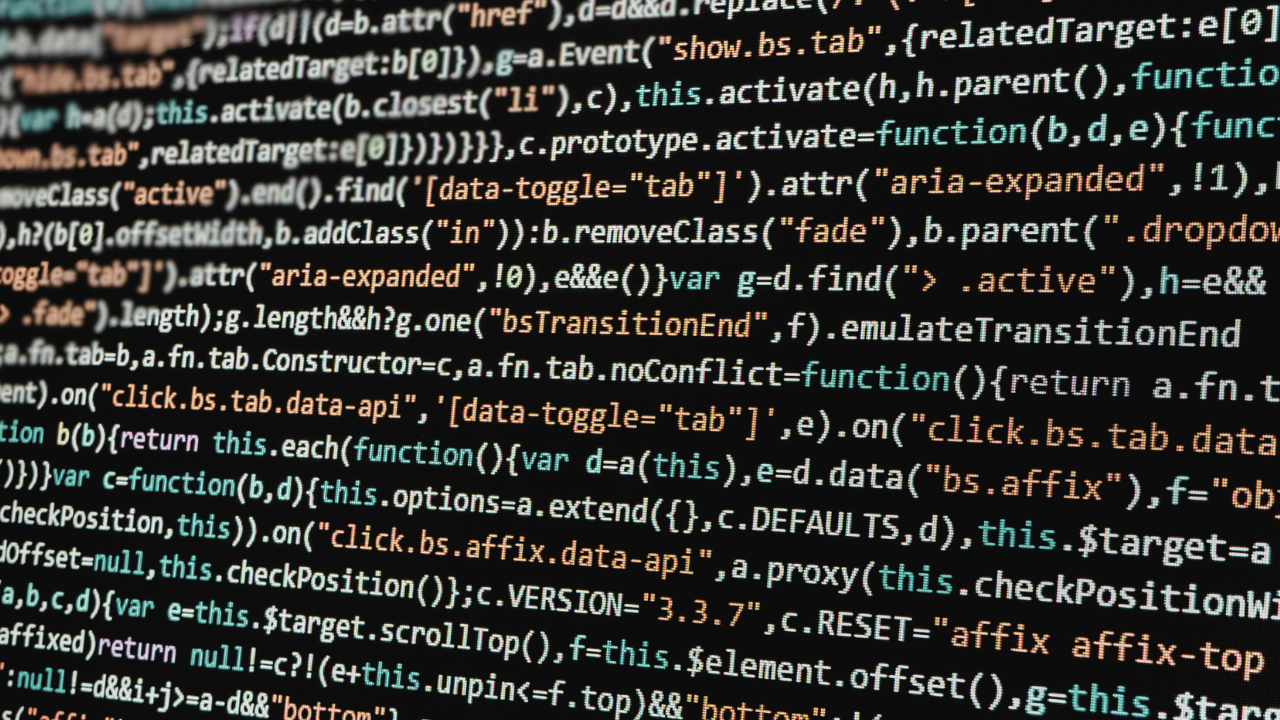Why a Flexible Framework Matters
A flexible framework for EOSC-enabling (European Open Science Cloud) and FAIR-validation (Findable, Accessible, Interoperable, Reusable) is crucial for several reasons:
- Data Quality and Accessibility: Ensuring high-quality data that can be easily accessed and reused by the scientific community is foundational. The DT-GEO project leverages this framework to manage large volumes of data, ensuring they adhere to FAIR principles. This is vital for the credibility and reliability of research outcomes .
- Integration with EPOS and HPC: The framework facilitates seamless integration of data and computational resources with EPOS and EuroHPC. This integration enhances the ability to perform high-resolution simulations and analyses, essential for understanding geophysical phenomena and improving early warning systems .
- Supporting Innovation: By ensuring that data and software tools are interoperable and reusable, the framework supports ongoing innovation. Researchers can build on existing work, fostering a collaborative environment that accelerates scientific discovery and the development of new technologies .
Practical Applications
The practical applications of this framework are numerous and impactful:
- Early Warning Systems: Improved data integration and quality directly enhance early warning systems for natural hazards. This leads to more accurate and timely warnings, potentially saving lives and reducing damage.
- Hazard Assessment: Accurate and high-resolution models supported by this framework allow for better hazard assessment and risk management, helping communities prepare for and mitigate the impacts of geophysical extremes.
- Research and Development: The interoperable and reusable nature of the data and tools foster an environment where research and development can thrive, leading to advancements in both scientific understanding and practical applications.
Conclusion
The flexible framework for EOSC-enabling and FAIR-validation is a cornerstone of the DT-GEO project. It ensures that the data and tools used by researchers are of the highest quality, accessible, and reusable, thus supporting the broader goals of understanding and mitigating geophysical extremes. As the DT-GEO project moves forward, this framework will continue to be a key enabler of scientific and technological advancements, quietly powering the research that helps protect our world from natural hazards.



